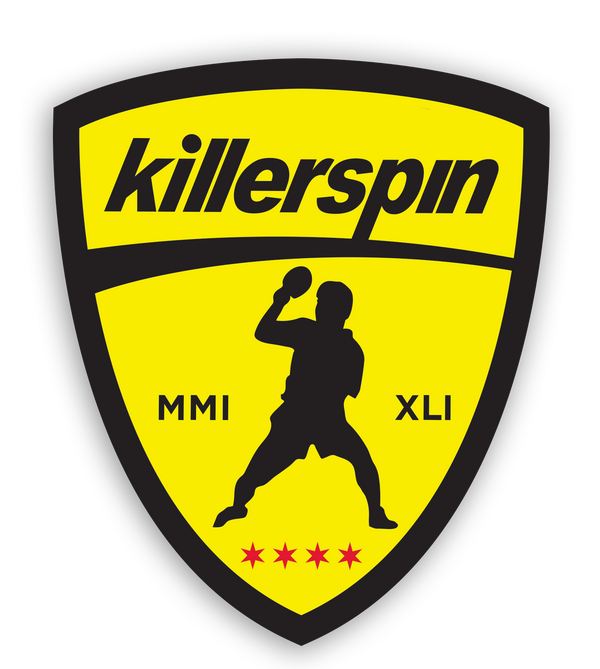
Understanding Ball and Spin
The most important factor in table tennis is spin. Without a thorough understanding of spin, you can't play the sport at a high level. It is critical that you recognize the spin and understand its effect upon contact with the table and the racket.
Topspin rotates in the same direction as if the ball were rolling. The top of the ball moves forward, the bottom backward. This creates a strong arch in the trajectory.
An underspin ball spins in the opposite direction, the bottom of the ball moves forward and the top backward. This causes a flat trajectory.
Sidespin can refer to a ball spinning around an axis that runs top to bottom or front to back. They have very different effects. A sidespin ball rotating around a vertical axis will curve in flight. While one rotating around a front to back axis will fly relatively straight, but will sharply bounce sideways on the table.
Most shots have varying degrees of each spin component. We compensate for that with our stroke and our racket angle.
The topspin ball will rise upon contact with the rubber. Note that the direction of the spin reverses upon contact with the rubber surface.
An underspin ball will drop on contact with the rubber. Again, the spin reverses on contact.
Each shot has an optimal contact point on the balls surface. The contact points can be above or below the equator and they can be to the left or to the right of the center line. We will specify that for every shot we discuss.
The racket angle has a major impact on the trajectory of the ball and must be adjusted carefully for each shot. We will call a racket angle closed when the striking surface points down, open when it points up. So, open, flat, closed. The same counts for the backhand.
We refer to balls that bounce once and then clear the in-line as long balls. They are prime targets for attack because you can swing freely.
Balls that would bounce twice or more on the far side of the table are called short balls. In either case, there are three distinct phases that affect our stroke timing. The rise, the highest point and the fall. Each shot is best performed at a particular point in this trajectory. We will specify the correct one for each shot.
